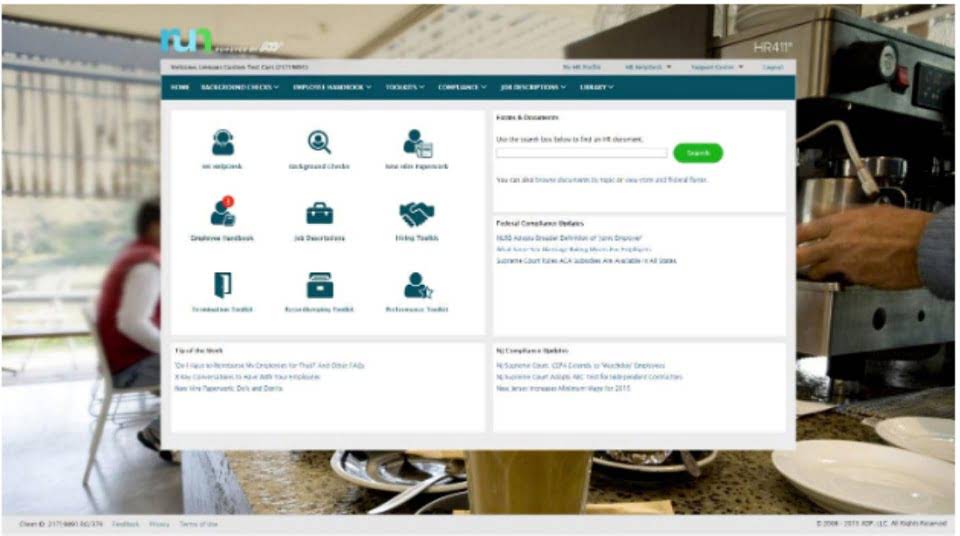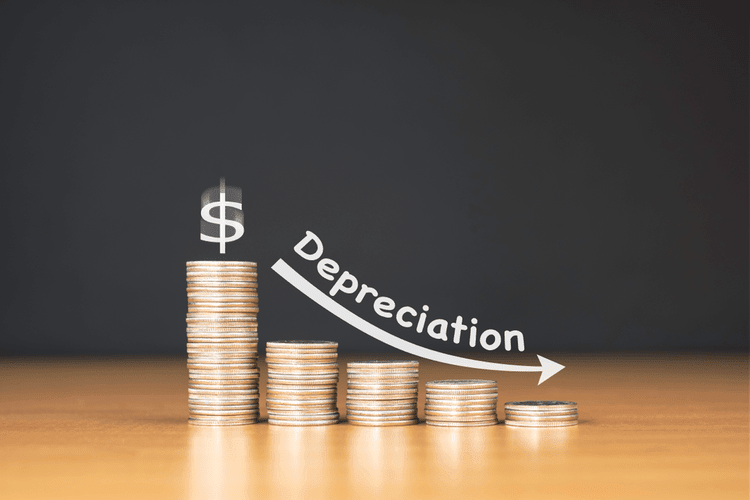
Yes, retained earnings carry over to the next year if they have not been used up by the company from paying down debt or investing back in the company. Beginning retained earnings are then included on the balance sheet for the following year. Additional paid-in capital is included in shareholder equity and can arise from issuing either preferred stock or common stock. The amount of additional paid-in capital is determined solely by the number of shares a company sells. Retained earnings are one of the options available to a company’s shareholders when distributing profits at the end of an accounting period. Although seeing the word “negative” in a business context may draw up feelings of unease, negative retained earnings are not always a bad sign.
Great! The Financial Professional Will Get Back To You Soon.

To understand negative retained earnings, it’s best if we define what it is and how it affects your business. While there may be various reasons for a company to have accumulated deficits, it is Bookkeeping for Veterinarians essential to understand the impact and take necessary steps to rectify the situation. Therefore, it is essential for companies to monitor their retained earnings regularly and take appropriate measures to avoid negative retained earnings. The risk of investing in an unprofitable company should also be more than offset by the potential return, which means a chance to triple or quadruple your initial investment.
Smart growth is smart business
- However, if a company incurs net losses or distributes dividends that exceed its accumulated profits, the retained earnings account can have a debit balance, indicating a negative value.
- Your business’s balance sheet is filled with figures that spell out your business’s financial health.
- The table provides a snapshot of the retained earnings of select companies over a four-year period, highlighting the magnitude of negative retained earnings in each fiscal year.
- An economic recession can lead to a broad decrease in consumer spending, affecting companies across various industries.
- Dividends are typically paid out of a company’s profits, specifically from its retained earnings or current year’s earnings.
- The last entry on the statement is the final amount after dividends have been deducted.
- If a company has negative retained earnings, it has accumulated deficit, which means a company has more debt than earned profits.
In the long term, negative retained earnings may indicate that a company is not financially viable and may lead to its eventual failure. Retained earnings are any profits that a company decides to keep, as opposed to distributing them among shareholders in the form of dividends. Dividends can be paid out as cash or stock, but either way, they’ll subtract from the company’s total retained earnings. Revenue, sometimes referred to as gross sales, affects retained earnings since any increases in revenue through sales and investments boost profits or net income. As a result of higher net income, more money is allocated to retained earnings after any money spent on debt reduction, business investment, or dividends.
- In this example, the company has retained earnings of $1,175,000 at the end of the period.
- For an analyst, the absolute figure of retained earnings during a particular quarter or year may not provide any meaningful insight.
- They might perceive the company as a higher credit risk, which could lead to more stringent borrowing terms or a reluctance to extend further credit.
- Negative retained earnings may necessitate a reevaluation of operations, investment strategies, and even management practices.
- The odds that a start-up will prove to be the next Google or Meta are much lower than the odds that it may be a mediocre performer at best and a complete bust at worst.
- Negative earnings or losses can be caused by temporary (short- or medium-term) factors or permanent (long-term) difficulties.
What Causes Retained Earnings To Decrease?
Retained earnings, at their core, are the portion of a company’s net income that remains after all dividends and distributions to shareholders are paid out. A negative retained earnings negative shift in retained earnings could result in budget cuts, hiring freezes, or in severe cases, layoffs. For management, this financial signal might prompt a reevaluation of their strategy and performance, possibly leading to leadership changes or shifts in business direction. If a company is struggling to recover from negative retained earnings, it may be helpful to seek the advice of a financial professional or turnaround expert. These individuals can provide valuable insights and guidance on how to get the company back on track. Another way to recover from negative retained earnings is to increase revenue by finding new customers or selling more to existing customers.
- Retained earnings play a significant role in the financial statements of a company, serving as a bridge between the income statement and the balance sheet.
- In the long run, such initiatives may lead to better returns for the company shareholders instead of those gained from dividend payouts.
- Finally, changes in accounting policies, such as write-offs of assets or changes in revenue recognition, can also affect the retained earnings balance.
- Retained earnings are therefore an accounting entry which acts as a reserve for unallocated earnings, pending arbitration.
- This can be caused by a variety of factors, such as increased competition, changing market conditions, or inefficient operations.
- Once your business pays all its taxes, expenses, and other debts owed each period – including your shareholders’ dividends, if applicable — the money left over is called retained earnings.

The first figure in the retained balance sheet earnings calculation is the retained earnings from the previous year. Retained earnings refer to the portion of a company’s profits that are reinvested back into the business, rather than being distributed to shareholders. Over time, retained earnings can have a significant impact on a company’s growth and profitability. Retained earnings are not considered a current asset because residual funds left after paying dividends to shareholders are typically used to acquire additional assets or to pay off debt. Retained earnings are the portion of income that a business keeps for internal operations rather than paying out to shareholders as dividends.

Retained earnings, on the other hand, refer to the portion of a company’s net profit that hasn’t been paid out to its shareholders as dividends. It is a key indicator of a company’s ability to generate sales and it’s reported before deducting any expenses. We’ll explain everything you need to know about retained earnings, including how to create retained earnings statements quickly and easily with accounting software.
FreshBooks Accounting Software
A sample presentation of this format appears in the following exhibit, which contains the equity section of a balance sheet. When a company has negative retained earnings, it means that the company’s losses are more significant than its accumulated profits. This can concern investors and creditors, as it may indicate that the company is in financial distress. The potential implications of a negative retained earnings balance depend on the severity and duration of the losses. In the short term, negative retained earnings may decrease shareholder confidence and make it more difficult for the company to obtain financing.

How confident are you in your long term financial plan?
Companies may generate cash by borrowing money or through other cash inflows, such as selling off assets or reducing its labor force, while posting a net loss for a certain reporting period. The cash that it brings in is able to offset any losses it may have during that period. If a company has negative retained earnings, it has accumulated deficit, which means a company has more debt than earned profits.
Comments